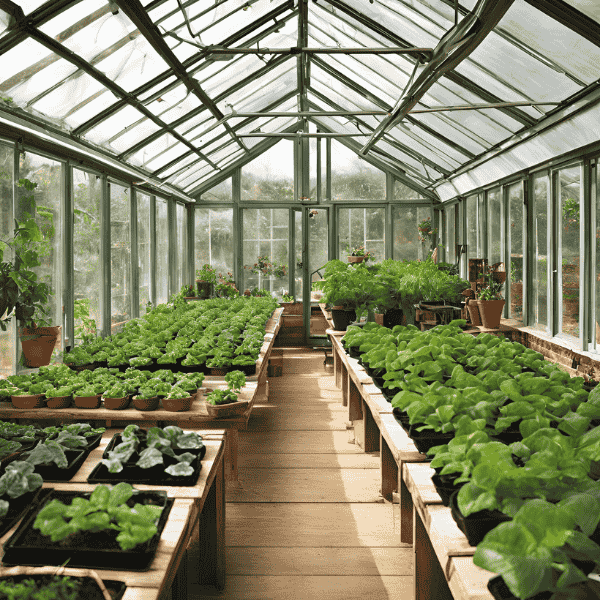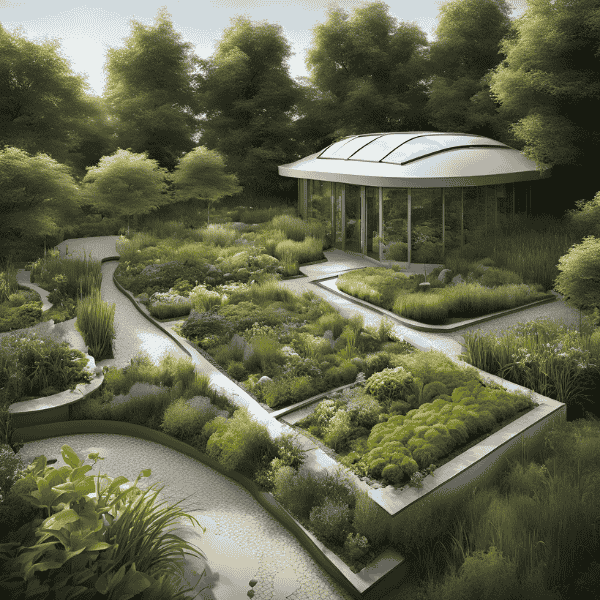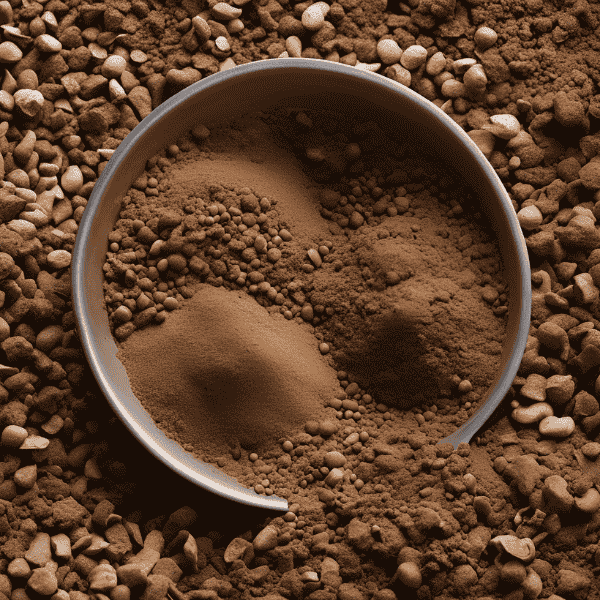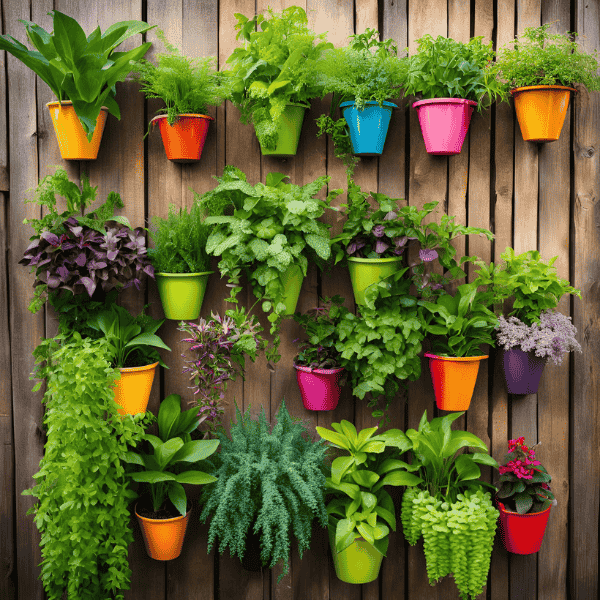Greenhouse Gardening: The Key to Year-Round Growth

Have you ever dreamed of growing fresh vegetables, flowers, or herbs all year long, no matter what the weather outside is doing? Well, here’s some good news—it’s totally possible with greenhouse gardening! A greenhouse offers you the perfect environment to extend your growing season and provide your plants with the controlled conditions they need to thrive, even when temperatures dip or the seasons change.
Let’s talk about how to build and maintain your own greenhouse, and how it can become the secret to gardening success, no matter where you live.
What is Greenhouse Gardening?
Greenhouse gardening involves growing plants inside a structure designed to trap sunlight and maintain a controlled environment. It’s like giving your plants a little house to call home! The basic idea is simple: the greenhouse uses the sun’s energy to heat the air inside, creating a warmer, more stable environment that allows plants to grow even in the colder months.
Whether you want to extend your growing season, grow plants that need a bit more warmth, or protect your plants from harsh weather, a greenhouse can be your go-to solution. With a variety of designs and sizes, there’s a greenhouse style for almost any space and budget.
Why Should You Consider Greenhouse Gardening?
- Extended Growing Season One of the biggest benefits of having a greenhouse is the ability to extend your growing season. You can start your plants earlier in the spring, and grow them later into the fall or even winter. This is especially handy if you live in an area with short growing seasons or unpredictable weather.
- Controlled Environment A greenhouse offers a controlled environment for your plants. You can regulate temperature, humidity, and light, which means you can grow plants that might not survive outdoors in your region. No more worrying about frost or heatwaves damaging your crops.
- Protection from Pests and Diseases Greenhouses also provide a protective barrier between your plants and outdoor pests. While no environment is completely pest-free, the enclosed space makes it easier to keep unwanted critters out and maintain healthier plants.
- Improved Yield Plants in a greenhouse typically grow better and faster because they’re shielded from environmental stressors. This leads to healthier plants and better yields. Plus, with a little extra care, you can grow plants that wouldn’t otherwise thrive in your local climate.
How to Build a Greenhouse
Building a greenhouse doesn’t have to be complicated or expensive. Here are a few simple steps to get you started:
- Choose the Right Location The first thing you need to do is pick a sunny spot. Your greenhouse should receive as much sunlight as possible, ideally 6-8 hours a day. Make sure it’s not shaded by large trees or buildings, and ensure the location has good drainage to prevent water from pooling inside.
- Select Your Greenhouse Type
There are several different types of greenhouses, ranging from DIY kits to custom-built structures. Here are a few options:
- Hoop Houses: These are simple, dome-shaped greenhouses made from PVC pipe or metal and covered with plastic. They’re affordable and easy to build, but might need extra support during strong winds.
- Geodesic Domes: These are more complex but provide excellent airflow and temperature regulation.
- Lean-to Greenhouses: If you’re short on space, this style attaches to the side of your house or garage, using the existing structure for support.
- Freestanding Greenhouses: These are the most versatile and can be placed anywhere on your property, though they take up more space.
- Gather Your Materials
Depending on the type of greenhouse, you’ll need different materials, but some common essentials include:
- Frame materials like wood, PVC, or metal
- Covering material (plastic sheeting, polycarbonate panels, or glass)
- Ventilation components (fans, windows, or automatic vents)
- Shelving or raised beds for your plants
- Set Up the Greenhouse Once you’ve got your materials, follow the instructions for building your greenhouse. If you’re using a kit, it’s usually as easy as assembling the pieces. For DIY options, you may need to get creative, but the key is to make sure your greenhouse is sturdy and has good ventilation to prevent overheating.
Maintaining Your Greenhouse
Now that you have your greenhouse set up, it’s time to focus on maintenance. Here are a few things to keep in mind:
- Temperature Control Temperature is one of the most important factors in greenhouse gardening. While a greenhouse helps keep your plants warm, you’ll still need to monitor the internal temperature. During winter, the greenhouse will naturally warm up during the day due to the sun, but it can cool down at night. Consider adding a thermostat-controlled heater or an automatic venting system to maintain the right balance.
- Humidity Management Maintaining proper humidity levels is key to keeping your plants healthy. Greenhouses can get quite humid, especially when watering plants, but too much moisture can lead to mold or mildew. Regularly check humidity levels and use fans or vents to ensure adequate airflow.
- Watering Your Plants Just like any garden, your greenhouse plants need water—but it’s essential not to overdo it. Consider using a drip irrigation system or hand-watering your plants to ensure they get the right amount of moisture. Be mindful of water runoff, which can lead to puddles and increased humidity.
- Ventilation Ventilation is crucial to avoid overheating and excess humidity. You can install roof vents, side vents, or even a fan to help regulate airflow. On hot days, open the vents to allow cooler air to circulate, and close them when it’s cold outside to trap warmth inside.
Growing in Your Greenhouse
Once you’ve got your greenhouse set up and maintained, it’s time to start planting! Some plants are especially well-suited to greenhouse conditions. Here are a few great options to try:
- Tomatoes Greenhouses provide the warmth tomatoes need to thrive. You can grow them earlier and later in the season, giving you a longer harvest time.
- Herbs Herbs like basil, parsley, and cilantro do well in greenhouses because they enjoy consistent warmth and sunlight.
- Leafy Greens Spinach, lettuce, and kale grow beautifully in the regulated environment of a greenhouse. You can grow them year-round, even in cooler weather.
- Peppers Peppers thrive in warm conditions, and a greenhouse helps maintain the heat they love.
Wrapping Up
Greenhouse gardening is an exciting way to extend your growing season and create a productive, thriving garden in any climate. Whether you’re growing tomatoes, herbs, or flowers, a greenhouse can provide the controlled environment your plants need to flourish. It may take a bit of effort to build and maintain, but the rewards—fresh, year-round produce and beautiful plants—are definitely worth it!
So, are you ready to take your gardening to the next level with a greenhouse? 🌱



